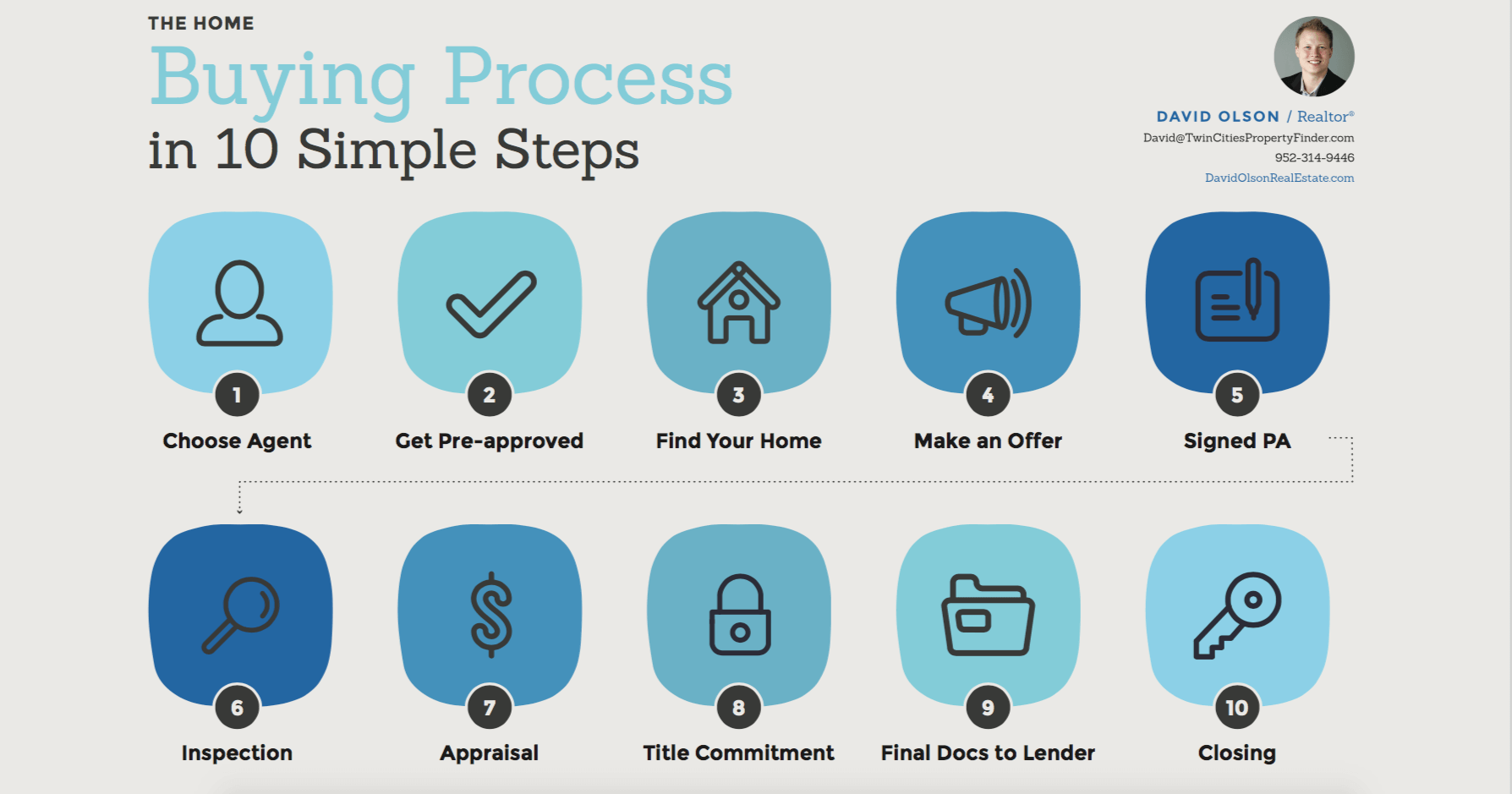Posted by Realtor David Olson 952.314.9446
Mortgage Interest Deduction
Originally, in 1913 with the Sixteenth Amendment, Income Tax allowed a deduction on any interest paid by a taxpayer. Prior to World War I, most interest was paid for business purposes and very little paid by individuals. Credit cards, revolving credit, student loans and home equity loans that would charge interest would not become popular for decades.
However, by the 1930’s, the Federal Housing Authority was created to help people to finance homes. Later, other quasi-governmental agencies like FNMA, FHLMC and GNMA were created to help facilitate mortgage lending.
Even though, Congress never intended to use this deduction to encourage homeownership, it has certainly benefitted millions of people who couldn’t pay cash for their home. This deduction has made owning a home more affordable for tens of millions of people.
The Tax Reform Act of 1986 eliminated the deduction of interest on most personal debt with the exception of qualified mortgage interest debt. Two new terms were introduced to specify what was qualified.
Acquisition Debt is the amount of debt incurred, up to a maximum of $1,000,000, to buy, build or improve a principal residence or second home. It must be a recorded lien and the amount cannot be increased by refinancing. In other words, the acquisition debt is a dynamic amount that decreases as the loan amortizes.
Home Equity Debt is any amount up to a total of $100,000 over Acquisition Debt. It must also be a recorded lien against either the first or second home. It can be used for any purpose and is no longer restricted to medical or educational purposes.
In the example below, a person borrowed money to buy a home and the entire first mortgage was acquisition debt. The unpaid balance was reduced by the payments made and the acquisition debt followed accordingly. At some point in the future, after the home had gone up in value considerably, the owner refinanced a much larger amount.
The existing acquisition debt was transferred into the new mortgage. Any borrowed funds that were used for capital improvements could be added to the existing acquisition basis. The interest on those funds would be deductible.
The owner/borrower could also deduct the interest on up to a maximum of $100,000 of home equity debt. If there was still debt above the acquisition and home equity debt, it would be classified as personal debt and the interest on it would not be deductible.
Lenders are not concerned if they are making a tax deductible mortgage on a home. They want to make sure there is sufficient equity in the property to secure the mortgage should it have to be foreclosed. A homeowner should consult with their tax professional if there is a question about deducting the interest on their mortgage.
Click Here to use a Refinancing Analysis.
Retirement Without a Mortgage
Who’s Paying Your Mortgage?
Related City Articles




















